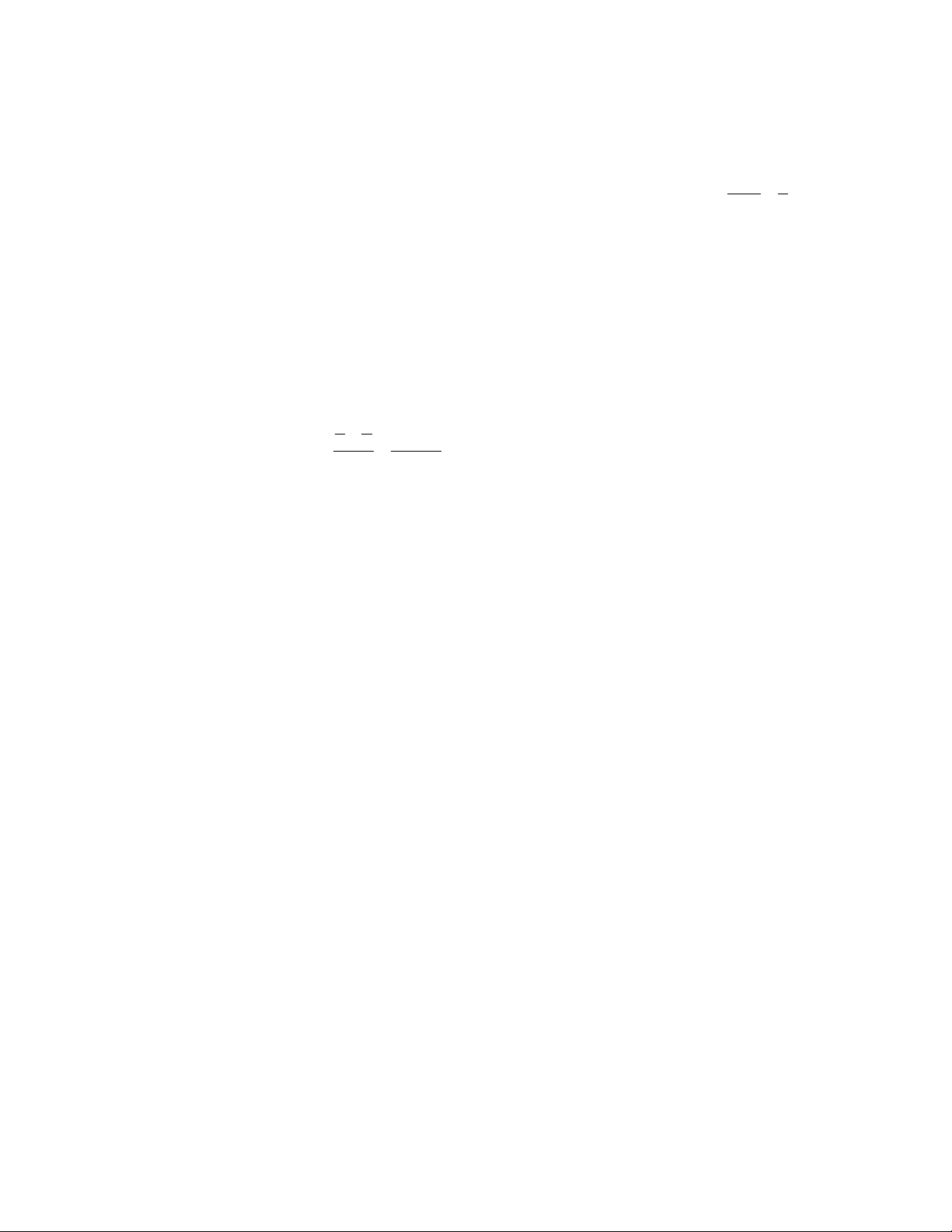
c
–
b
a
–
b
real numbers 441
1
––
1 – x
in the process of long division can only be one of seven
numbers—0, 1, 2, 3, 4, 5, 6—and so, eventually, some
remainder must appear twice. As soon as this occurs, the
process of long division cycles.) This establishes:
The rational numbers are precisely those num-
bers whose decimal expansions repeat.
Thus any number with a nonrepeating decimal expan-
sion must be an
IRRATIONAL NUMBER
. In a similar
manner, one can show that the rationals are precisely
those numbers with terminating
CONTINUED FRACTION
expansions.
Between any two rational numbers and lies
another rational—their midpoint , for
instance. Repeating this reasoning establishes:
Infinitely many rational numbers lie between
any two given rationals.
We say that the set of rationals represents a “dense sub-
set” of the real
NUMBER LINE
. Moreover, between any
two real numbers xand yon the number line, with x<
y, there exists a rational qthat lies between them.
(Write xand yas decimal expansions and choose a ter-
minating decimal value that lies between them.)
These density arguments show that there is no
smallest positive rational number, that is, there is no
“first” rational number on the positive number line.
Nonetheless, German mathematician G
EORG
C
ANTOR
(1845–1918) showed with his famous
DIAGONAL ARGU
-
MENT
that it is possible to arrange all the positive (and
negative) rationals in a list: q1,q2,q3,… This shows:
The set of rational numbers is
COUNTABLE
.
With the aid of the
GEOMETRIC SERIES
1 + x+ x2
+x3+… = we can now show that the amount of
space occupied by the rationals on the number line is
zero. (This is surprising given that the rationals form a
dense subset of the line.)
Choose x= 1/10 and cover the point q1on
the number line with an interval of length x,
the point q2with an interval of length x2=
0.01, the point q3with an interval of length
x3= 0.001, and so forth. These intervals likely
overlap, but they occupy no more than:
amount of space in total. Thus the set of ratio-
nal points occupies at most one-ninth of the real
number line.
In the same way, by working with x=
1/100, we deduce that the rationals occupy at
most 1/99 of the space on the number line, or
at most 1/999 of the space if we work with x=
1/1000. Continuing in this manner, we are
forced to conclude that the total amount of
space occupied by the rational numbers is zero.
We say:
The rationals form a set with a measure of zero
on the real-number line.
Given that the number line is of infinite length, we must
conclude then that “most” numbers are not rational.
See also
ALGEBRAIC NUMBER
;
NUMBER
;
REAL NUM
-
BERS
;
TRANSCENDENTAL NUMBER
.
ratio test See
CONVERGENT SERIES
.
ray (half-line) The portion of a straight line starting
at one point and going on forever in one direction is
called a ray. Two rays in a plane starting at the same
point create a figure called an
ANGLE
.
real numbers It is extraordinarily difficult to define
precisely what is meant by a real number. Many standard
texts in mathematics define a real number to be any
RATIONAL NUMBER
or any
IRRATIONAL NUMBER
. Unfor-
tunately, since an irrational number is declared to be any
number that is not rational, it is not clear from which
pool of numbers the irrational numbers come. Alterna-
tively, one can define a real number to be any number
that can be expressed as a decimal expansion. (The ratio-
nal numbers are then those that have repeating expan-
sions and the irrationals are those that do not.) The
difficulty with this approach is that it is not clear how to
perform arithmetic operations on these entities. For
example, when adding two large integers, 769 + 845, say,
one begins with the rightmost digits, adds them, carries a
xx x x x
+++=⋅
−=
23 1
1
1
9
L
a
b
c
dad bc
bd
+=+
22